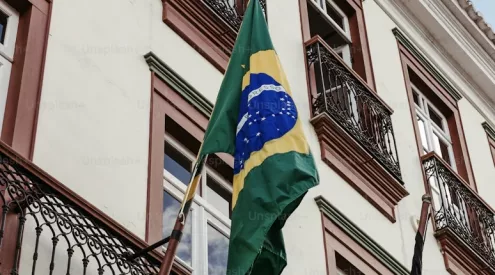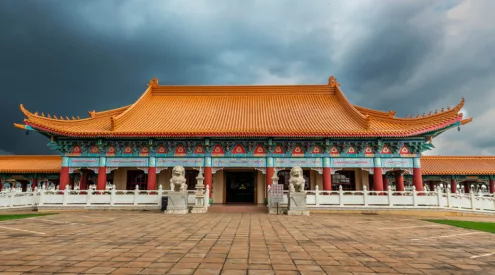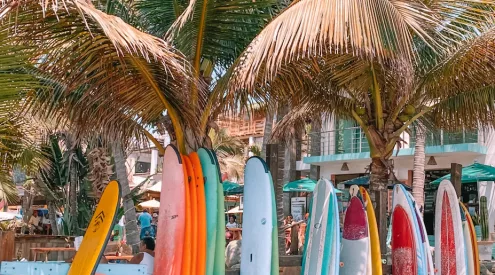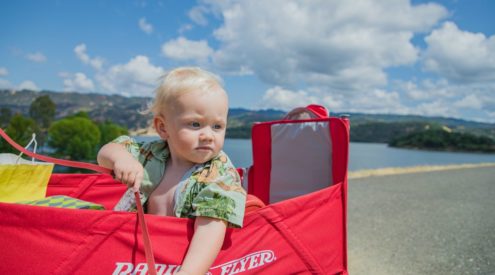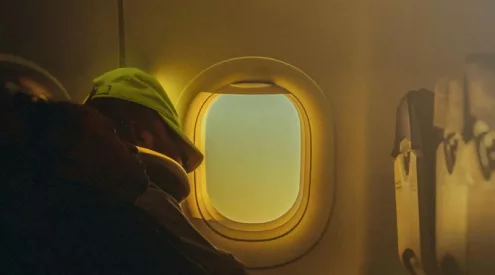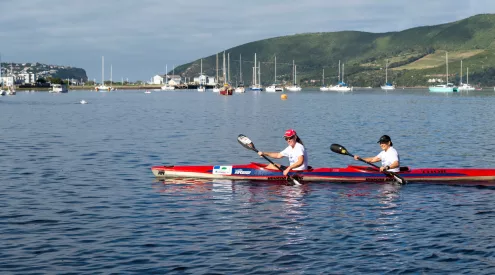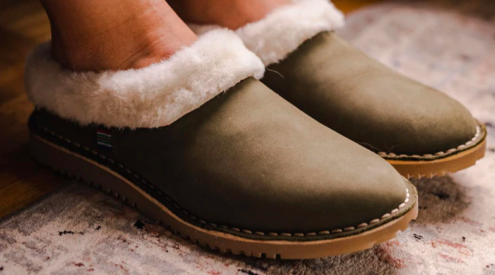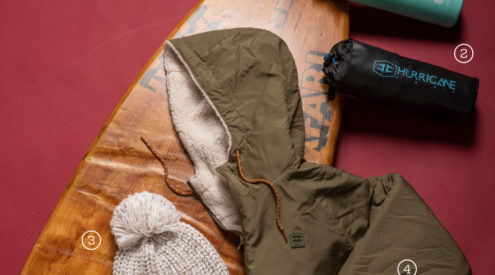It’s easier than you’d think
Man’s been preoccupied with flight since the dawn of time and flying a wingsuit is arguably as close he’ll get to its realisation. (Don’t tell the hang glider or paraglider pilots I said that.) Wingsuit flying is often thought of as being extremely dangerous because of the association it has with BASE jumping. It didn’t help the sport’s image when Jeb Corliss, famous for YouTube hits like ‘grinding the crack’ recently had a much publicised accident after jumping off Table Mountain. The truth is you don’t need to be a BASE jumper to fly a wingsuit. In fact wingsuit BASE jumpers (WiBASE for short) have to be expert skydivers. WiBASE could be considered the pinnacle of wingsuit flying and every one of them started with a basic skydiving course. Once you’re a qualified skydiver with between 200 and 500 jumps, depending on where you are in the world, you qualify to fly a wingsuit.
What is a wingsuit?
Wingsuit flight which uses a jumpsuit sometimes referred to as a ‘squirrel suit’ is an extension of freefall skydiving that increases time in the air and/or allows longer distances to be travelled. Suit designs vary but are all principally the same; three wings between arms and legs. The wings are constructed to form an airfoil, generating lift like an airplane wing. They’re rigged around normal skydiving or BASE-jumping gear.
How is it different from skydiving?
Skydivers fall at around 200kph and can fly horizontally at between 50 to 100kph. The addition of a wingsuit slows the rate of fall to between 80 and 100kph and fly at 100 to 150kph. Essentially the suit improves the glide ratio or ratio of horizontal distance travelled in relation to height. Wingsuit glide-ratios are typically 2.5:1. These numbers indicate the forward distance flown (2.5m) for every meter of altitude lost (1m). So, where a skydiver will freefall for 9000ft or 3km, more or less straight down, wingsuit will convert that 3km of freefall into 7.5km of horizontal movement, flight.
Other factors like wind speed and direction as well as pilot skill and fitness have an effect on performance. A tailwind would improve the distance travelled. The pilot’s stamina is also a big factor considering the forces acting on the body. WiBASE jumpers achieve better glide ratios than skydivers because the pilot doesn’t tire as quickly over the shorter distance.
How do you control it?
A wingsuit pilot manipulates the shape of his body to create the desired amount of lift and drag. With body shape manipulation and by choosing the design characteristics of the wingsuit, a pilot can alter both his forward speed and fall rate. The pilot manipulates these flight characteristics by changing the shape of his torso, arching or bending at the shoulders, hips and knees and by changing the angle of attack in which the wingsuit flies.
Skydivers’ conversion considerations
Jumping: The increased surface area of the suit causes it to behave totally differently in the doors of the aircraft and exiting becomes more complicated.
Flying: In flight the suit amplifies all the pilot’s movements due to the radically increased speed and surface area. Though it is essentially a wing and behaves as such, the absence of a vertical ‘tail’ introduces yaw (sideward motion), meaning that uncontrollable spins are a danger.
Landing: As you might imagine the wingsuit radically restricts the wearer’s movement. Before landing the pilot has to release his arms to be able to reach up to the chute’s control toggles.
Steps to flight
1. Learn to skydive first. In South Africa you need to have a minimum of 300 jumps within two years under your belt before you can qualify to don a wingsuit. A good instructor will assess your ability before allowing you to progress.
The Parachute Association of South Africa (PASA) is a good starting point. See if there’s a PASA registered dropzone in your area here.
2. Find an experienced instructor. You club should be able to refer you or enquire through PASA.
3. Borrow or buy a suit.
Jii-wings in Cape Town manufactures suits. they the cost around R8000. Also look at international suppliers like Phoenix-Fly , Birdman, Tonysuit wingsuits.
For a more in-depth wingsuit flying FAQ visit Fly Like Brick
Wingsuit action photos credit: Picture Correct via Flickr

